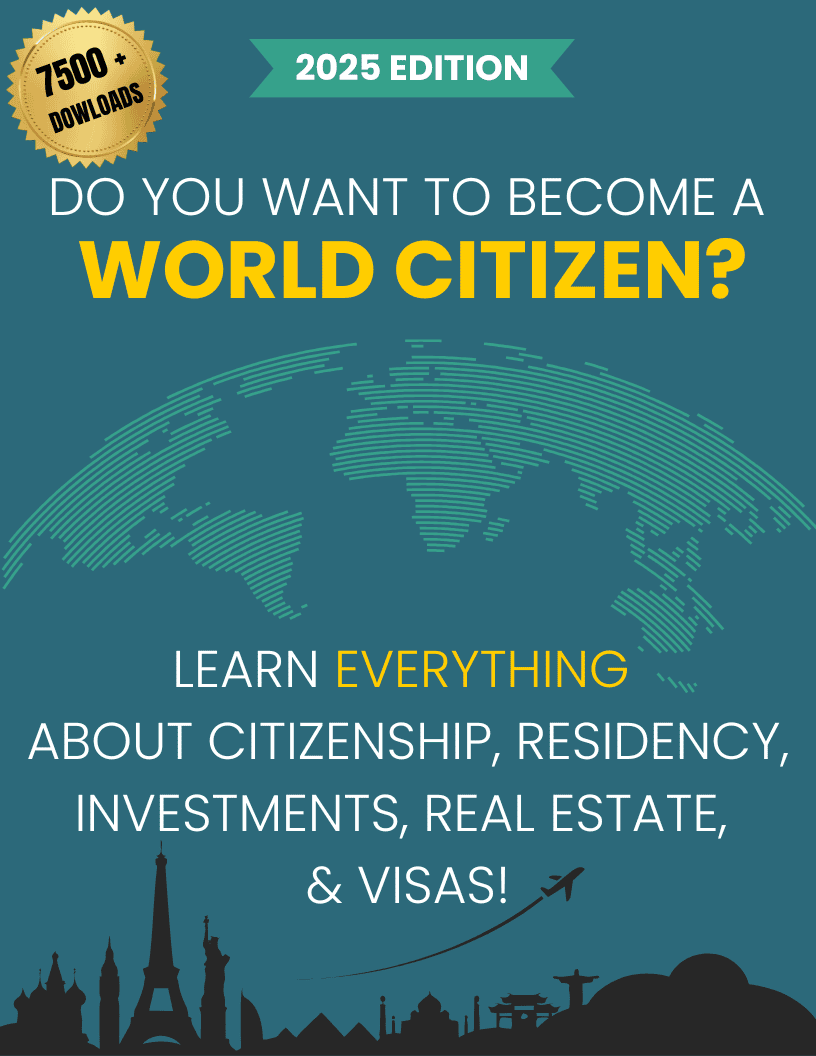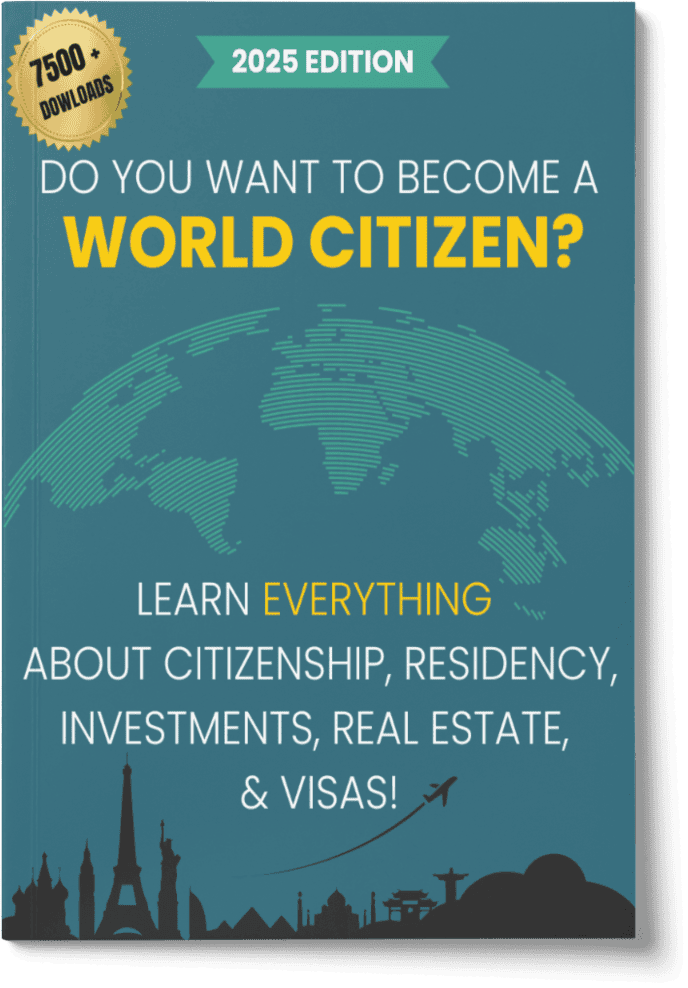Family Sponsorship Programs
Boost Your Freedom Without Compromise.
- Who offers the CHEAPEST program available.
- Who offers the BEST program available.
- What you need to qualify?

In This Article, You Will Discover:
- Family sponsorship programs allow citizens or permanent residents to sponsor relatives for residency or citizenship, based on meeting eligibility criteria.
- Eligible family members typically include spouses, children, parents, and sometimes siblings, with specific definitions varying by country.
- They must usually prove financial stability to support the relative, commit to covering living expenses for a specified period, and sometimes ensure health insurance coverage.
- The application process involves submitting detailed documentation, undergoing background checks, and can vary in timeline from a few months to several years, depending on the country and specific circumstances.
- If successful, it can change the applicant’s residency status to permanent residency or directly to citizenship, with conditions such as continuous residence requirements or language proficiency tests.
- Who offers the CHEAPEST program available.
- Who offers the BEST program available.
- What you need to qualify?
 Free Consultation
Free Consultation Easy to Use
Easy to Use 100% Safe & Secure
100% Safe & Secure
Family sponsorship programs provide a pathway for citizens and legal residents of a country to sponsor their family members for immigration.
These programs prioritize keeping families together and offer a route to a new life for eligible relatives.
This article explores family sponsorship programs worldwide, outlining eligibility requirements, the application process, potential challenges, and key considerations for prospective sponsors and beneficiaries.
Who Is Eligible for Family Sponsorship?
Eligibility criteria vary significantly between countries, but some common features exist.
Sponsor Requirements: Citizenship or Legal Residency
Sponsors typically must be citizens or hold legal permanent residency in the destination country.
Some countries may impose additional requirements, such as a minimum income or age threshold.
Relationship Eligibility: Defining Qualified Relatives
Eligible relationships typically include:
- Spouse: Husbands and wives of sponsors.
- Children: Unmarried children under a certain age (often 21). Definitions of "child" can sometimes include adopted or stepchildren.
- Parents: Parents of sponsors, sometimes with age or dependency requirements.
- Siblings: In some countries, citizens can sponsor their siblings, though this category often has long waiting times.
The Application Process: A Step-by-Step Overview
While specific procedures vary between countries, the general process involves several key steps:
Filing the Petition: Initiating the Process
The sponsor initiates the process by filing a petition with the relevant immigration authorities in the destination country.
This petition establishes the sponsor's eligibility and the beneficiary's relationship.
Supporting Documentation: Proving the Relationship
Extensive documentation is required to prove the legitimate family relationship, including birth certificates, marriage certificates, and other relevant documents.
Financial Requirements: Demonstrating Support
Sponsors often must demonstrate sufficient financial resources to support their sponsored family members and ensure they will not become a public charge.
This may involve submitting financial documents, such as tax returns and bank statements.
Background Checks and Medical Examinations: Ensuring Admissibility
Both sponsors and beneficiaries typically undergo background checks and medical examinations to ensure they meet the health and character requirements of the destination country.
Interview (if required): Assessing the Application
Some countries require an interview with immigration officials to assess the legitimacy of the relationship and the sponsor's ability to support the beneficiary.
Approval and Visa Issuance: The Final Steps
Upon approval, the beneficiary receives an immigrant visa, allowing them to travel to the destination country and become a lawful permanent resident.
Navigating Challenges and Potential Delays
Family sponsorship can be a complex and lengthy process, often involving significant waiting times and potential challenges.
Backlogs and Quotas: Understanding Waiting Times
Some family-based categories have significant backlogs and annual quotas, leading to long waiting periods before a visa becomes available.
Complex Procedures: Seeking Professional Guidance
Navigating the complex procedures and ever-changing immigration laws can be challenging. Seeking professional guidance from an immigration lawyer is highly recommended.
Maintaining Eligibility: Keeping Documents Updated
Maintaining eligibility throughout the process is crucial.
Changes in circumstances, such as marriage or the birth of a child, should be reported to the immigration authorities promptly.
Common Questions
How long does family sponsorship typically take?
What can I do to expedite the process?
What happens if my family member's circumstances change during the process?
Can my family member visit me while waiting for their visa?
What happens if the sponsorship application is denied?
In Conclusion
Family sponsorship programs offer a vital pathway for reuniting families and building new lives in a new country.
However, the process requires careful planning, meticulous documentation, and patience due to potential delays.
Understanding the specific requirements and procedures of the destination country is essential for a successful outcome.
Seeking professional guidance can significantly streamline the process and increase the chances of a positive result.
- Who offers the CHEAPEST program available.
- Who offers the BEST program available.
- What you need to qualify?
 Free Consultation
Free Consultation Easy to Use
Easy to Use 100% Safe & Secure
100% Safe & Secure







